We’re going to explore a technique in Lucid Dreaming I refer to as “The Avatar Approach” which I believe holds great benefit for both the beginner and the advanced. It’s also an approach I have been hesitant to discuss for many years now. Hopefully by the end of this article my apprehension will be clear and anyone who attempts it will approach it with care and respect. The technique in and of itself is rather simple in its elegance, but to fully appreciate its full potential we need to dive into the philosophy and the mechanics behind it.
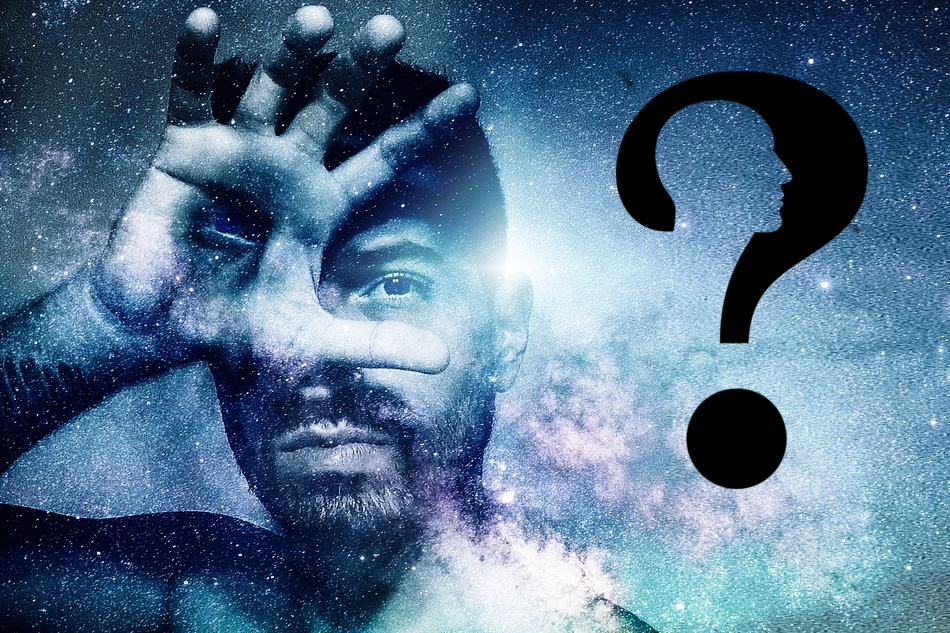 I began spontaneously entering conscious Lucidity during REM around the age of 19, just shy of thirty years ago. The impact these experiences had on my mind and worldview could not be exaggerated. It wasn’t long before I was becoming lucid nearly every night, often for hours at a stretch so I quickly grew desperate to understand what was happening to me. I had never heard of such intense states of awareness just occurring out of nowhere and the term, “Lucid Dreaming” was completely unknown to me. This was the early 90s and the internet was still in the stone-age which made finding reliable information on such an occult subject laborious and slow. It required digging through stacks of books, hoping the
I began spontaneously entering conscious Lucidity during REM around the age of 19, just shy of thirty years ago. The impact these experiences had on my mind and worldview could not be exaggerated. It wasn’t long before I was becoming lucid nearly every night, often for hours at a stretch so I quickly grew desperate to understand what was happening to me. I had never heard of such intense states of awareness just occurring out of nowhere and the term, “Lucid Dreaming” was completely unknown to me. This was the early 90s and the internet was still in the stone-age which made finding reliable information on such an occult subject laborious and slow. It required digging through stacks of books, hoping the  author had genuine, direct experience. I eventually did zero-in on several helpful resources, but I was mostly left to blaze my own path through trial and error. In retrospect, I’d have it no other way. My lack of resources forced me to enter this realm as a blank slate, free of a Narrative that dictated, “How Lucid Dreaming Works”; a quality so many seeking my advice online are lacking today.
author had genuine, direct experience. I eventually did zero-in on several helpful resources, but I was mostly left to blaze my own path through trial and error. In retrospect, I’d have it no other way. My lack of resources forced me to enter this realm as a blank slate, free of a Narrative that dictated, “How Lucid Dreaming Works”; a quality so many seeking my advice online are lacking today.
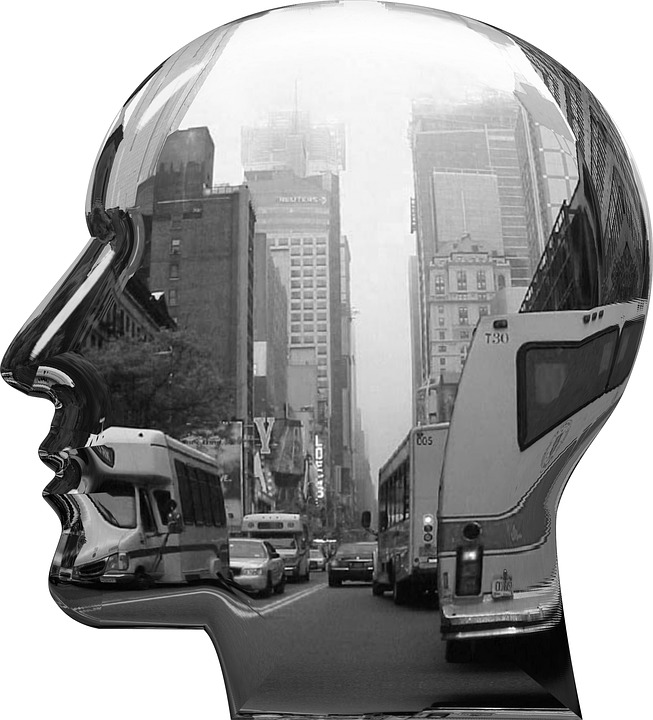 With this in mind, I hope to offer a unique perspective on Lucidity but I also do not want to pile on yet another Narrative that might ultimately hinder personal experience. Afterall, our relationship with Narratives may be the most important factor in the game of waking up within our dream-states. Consider for a moment that ever since our species learned to speak complex languages we’ve carried on a rather bizarre connection with this function of Storyline. Upon developing an oral language, humans also developed this rather odd habit of talking to themselves incessantly. Our heads have become filled with so many, many stories: More so today than ever before, thanks to the information age. Some of those Narratives are based on truth, some built on assumptions or “second-hand information”, some we know to be pure fiction, others we aren’t so sure about. With a vast array of complexity and accuracy, we carry stories about how the world works, how our country operates and how friends and family came to be where they are today. Our brains are story-making, story-editing machines. In fact, they retain information best when it’s presented in the form of a story. We also spin an ongoing, never-ending tale about “Who We Are” and “What We’re Doing”, don’t we?
With this in mind, I hope to offer a unique perspective on Lucidity but I also do not want to pile on yet another Narrative that might ultimately hinder personal experience. Afterall, our relationship with Narratives may be the most important factor in the game of waking up within our dream-states. Consider for a moment that ever since our species learned to speak complex languages we’ve carried on a rather bizarre connection with this function of Storyline. Upon developing an oral language, humans also developed this rather odd habit of talking to themselves incessantly. Our heads have become filled with so many, many stories: More so today than ever before, thanks to the information age. Some of those Narratives are based on truth, some built on assumptions or “second-hand information”, some we know to be pure fiction, others we aren’t so sure about. With a vast array of complexity and accuracy, we carry stories about how the world works, how our country operates and how friends and family came to be where they are today. Our brains are story-making, story-editing machines. In fact, they retain information best when it’s presented in the form of a story. We also spin an ongoing, never-ending tale about “Who We Are” and “What We’re Doing”, don’t we?

What I’m directing our attention to here is the most important story of them all: The one that is framing our world right this very moment. I’m referring to the story that you, the reader, are carrying now, about yourself. If you pause for a moment from your reading of this article you’ll realize that, as you read these words in the present moment, there is also a Narrative about “What’s Going On” that’s unique to you. That is, your reading of this article is taking place within a larger, abstract context that we generally pay very little attention to, yet also holds so many of the keys to the realms of Lucidity. From the perspective of the thinking mind, your present experience doesn’t take place within an empty vacuum in space. For example, if I asked you what your story looks like at the moment you may say something along the lines of, “I was at work earlier, then I came home and made dinner and watched some television on the couch and now I’m reading this article before I go to bed, and I have to get up early tomorrow because…etc. etc.”. And beyond that little Narrative, you carry an even larger story about Who You Are, your personality, your attributes, your history and where you imagine your life may be heading. And on. And on.
I’m not suggesting that any of those particular details of your little Narrative aren’t true, I am simply pointing to the fact that you imagine yourself operating within a storyline that moves from the past,  which is gone, to a future, which hasn’t happened. And any story, no matter how accurate it may be, is always a highly condensed, extremely edited version of literally billions upon billions of other details and information. Furthermore, rarely (if ever) do we question the validity of that story we carry around. That Narrative of yours simply is what it is as far as we’re concerned. We always accept our Narrative without question about “Who We Are” and “What’s Going On” as cold, hard fact.
which is gone, to a future, which hasn’t happened. And any story, no matter how accurate it may be, is always a highly condensed, extremely edited version of literally billions upon billions of other details and information. Furthermore, rarely (if ever) do we question the validity of that story we carry around. That Narrative of yours simply is what it is as far as we’re concerned. We always accept our Narrative without question about “Who We Are” and “What’s Going On” as cold, hard fact.
And THAT is why we don’t Lucid Dream.
Whether we are awake or asleep, we never stop and question the Narrative we are operating within, no matter how insane, abstract or flat-out impossible that story may be. At night we may regularly accept an abstract storyline without question that we have, say, been a soldier in an alien army on Mars for the last ten years of our life and we’re now on a mission to save the humans from extinction. Seems perfectly reasonable at the time, dreams usually do – that is, until we wake up and we compare our “Daily Narrative” against our “Dream Narrative”. Only in retrospect do we declare how ridiculous it all was. This is the dynamic that must change for us if we hope to start Waking Up.
Lucidity demands that we learn to detach from our operating Narrative – not just at night, but at any point in our life. This does not mean we have to make a judgement about the ultimate “accuracy” of 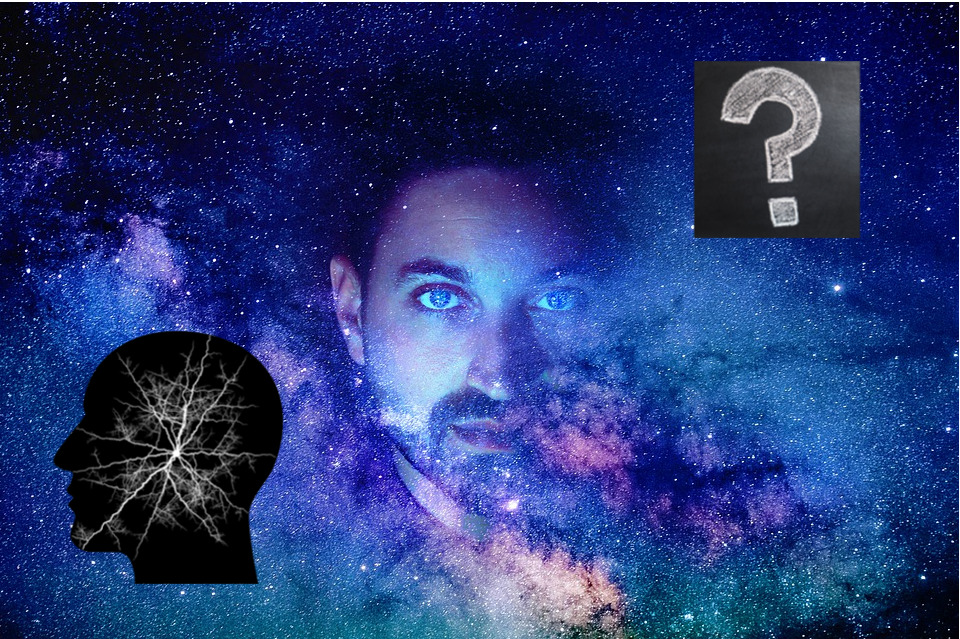 the storyline we find ourselves in, it simply means we realize that what we are is NOT a Narrative. We are a consciousness that can involve itself with storylines, but we are absolutely not a story. When we realize this, we begin to “wake up”, in our dreams as well as in our daily lives. At the heart of it all, Lucid Dreaming is becoming conscious that we are greater than the storyline the mind weaves. It is a magical moment where we stop and declare, “This isn’t what I am! I am beyond this storyline!”. When this happens, we can operate above and beyond the restricted Narrative of the dream – and the possibilities from that point on are limited only by our imagination and attention.
the storyline we find ourselves in, it simply means we realize that what we are is NOT a Narrative. We are a consciousness that can involve itself with storylines, but we are absolutely not a story. When we realize this, we begin to “wake up”, in our dreams as well as in our daily lives. At the heart of it all, Lucid Dreaming is becoming conscious that we are greater than the storyline the mind weaves. It is a magical moment where we stop and declare, “This isn’t what I am! I am beyond this storyline!”. When this happens, we can operate above and beyond the restricted Narrative of the dream – and the possibilities from that point on are limited only by our imagination and attention.
If you can accept this perspective on Lucidity then it shouldn’t be hard to see how the mechanism of Narrative can also be turned on its head, which is what “The Avatar Approach” is all about. In short, I developed what could best be described as a role-player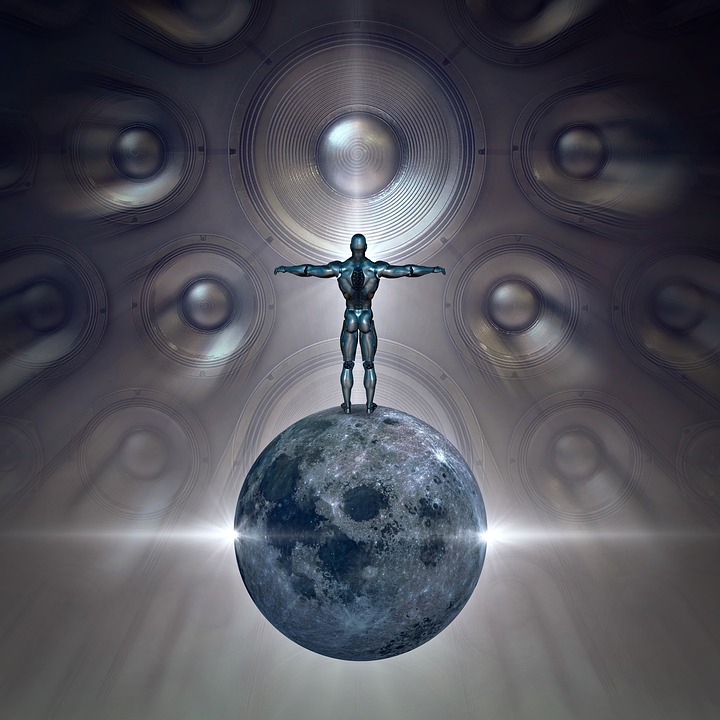 for use in my Lucid realms; a technique that I ultimately chose to discard, but one I feel has great merit, limited and possibly dangerous as it may be. As I mentioned, for approximately the first ten years after my Lucidity “kicked in”, I was entering these highly-charged states nearly every night, often for hours on end and I eventually found myself struggling with all the many possibilities Lucid Dreaming offered. The problem I was encountering was that my daily Narrative of “How the World Works” began infringing into my Lucidity, where the rules don’t – or shouldn’t – apply.
for use in my Lucid realms; a technique that I ultimately chose to discard, but one I feel has great merit, limited and possibly dangerous as it may be. As I mentioned, for approximately the first ten years after my Lucidity “kicked in”, I was entering these highly-charged states nearly every night, often for hours on end and I eventually found myself struggling with all the many possibilities Lucid Dreaming offered. The problem I was encountering was that my daily Narrative of “How the World Works” began infringing into my Lucidity, where the rules don’t – or shouldn’t – apply.
It seemed the longer I moved back and forth between the “real” world and the “dream” world, the more the “laws” of my daily life impaired my ability to, say, walk through walls, run on top of water, or fly. I first noticed signs of trouble when I would be moving around Lucid environments; through houses, over land, water, mountains, etc. In the beginning this arose as a sort of doubt, a quiet  reminder in the back of my head that whispered, “But, you can’t walk on water! You can’t fly! That’s not possible.” And as time went on, I discovered it was demanding more and more of my attention to break out of that “Daily Narrative” that kept seeping through the cracks. Before long I was sinking below the surface of lakes or only able to float a few feet off the ground. Though I didn’t really understand it at the time, I essentially couldn’t keep my Narratives straight any longer. And so I developed a solution; a “work-around” that seemed obvious to me at the time, but also one many of the more experienced readers will recognize as risky at best:
reminder in the back of my head that whispered, “But, you can’t walk on water! You can’t fly! That’s not possible.” And as time went on, I discovered it was demanding more and more of my attention to break out of that “Daily Narrative” that kept seeping through the cracks. Before long I was sinking below the surface of lakes or only able to float a few feet off the ground. Though I didn’t really understand it at the time, I essentially couldn’t keep my Narratives straight any longer. And so I developed a solution; a “work-around” that seemed obvious to me at the time, but also one many of the more experienced readers will recognize as risky at best:
I created another Narrative; one about a character who wasn’t impaired by any of these limitations. And then I became him.
That is, I literally sat down one evening with a notebook and I sketched out an entity of my own design and I imbued “him” with all the characteristics I needed in the dream realm. Basically I created a “Character Sheet” for a player in a fantasy/adventure game, but this character was designed specifically for handling the Lucid Realm like an expert. I gave him a name (“Chris”, a purposely  common name), a fully-illustrated head-to-toe design (no, it doesn’t matter what kind of artist you are!), and I created an entire list of his attributes – including a simple, nuts-and-bolts “back-story” about how he operated. He had wings so he could fly, his body could act as matter or energy, he could manifest whatever he wished at the tip of his fingers and he could enter any realm possible with perfect clarity and attention. “Chris” was a character who didn’t move between the “real” and the “dream” world like I did; therefore, one who, ideally, didn’t suffer from my confusion with double Narratives. What “The Avatar Approach” boils down to is using this power of Narrative as a “stepping stone” to free ourselves from the most powerful Narratives that have been wired and drilled into us since birth.
common name), a fully-illustrated head-to-toe design (no, it doesn’t matter what kind of artist you are!), and I created an entire list of his attributes – including a simple, nuts-and-bolts “back-story” about how he operated. He had wings so he could fly, his body could act as matter or energy, he could manifest whatever he wished at the tip of his fingers and he could enter any realm possible with perfect clarity and attention. “Chris” was a character who didn’t move between the “real” and the “dream” world like I did; therefore, one who, ideally, didn’t suffer from my confusion with double Narratives. What “The Avatar Approach” boils down to is using this power of Narrative as a “stepping stone” to free ourselves from the most powerful Narratives that have been wired and drilled into us since birth.

Once I familiarized myself with all of my avatar’s details, putting him to use was quite simple. And the results were shocking. In fact, I was blown away with how incredibly powerful and reliable this technique turned out to be! Whenever I found myself “struggling” with performing some feat in the Lucid world, I simply hollered aloud, “I am Chris!”. Immediately I would “shapeshift” into this winged entity. Yes, I could literally see and feel enormous wings stretching out from my shoulder blades; it was nothing short of euphoric. My attention, my abilities and the overall intensity of my environment would instantly multiply. I would even feel different.
The technique was extremely effective, yes, and I believe newcomers and advanced users alike could make use of such a tactic. My own experimentation, however, was born of ignorance. I didn’t really know what I was doing; I didn’t fully comprehend the sort of fire I was playing with yet. Today, thirty years later I know that the ultimate goal of Lucid Dreaming should be to master our own relationship with Narrative, not to throw that responsibility onto a fictional identity, even one of our own design. As any book or movie-lover will tell you, we humans can find ourselves strangely bound to even fictional characters in ways that make us question, “What’s real?”. At the time, I was fully aware that all of Chris’s powers came from me, but it still made it somehow easier to “contain” all that power and make all the confusion of “mixed narratives” less chaotic. The use of an avatar in that realm was simply a mechanism to organize chaos. Afterall, isn’t that essentially what storylines are, anyway? A way to sort and edit billions upon billions of pieces of information into a linear model?
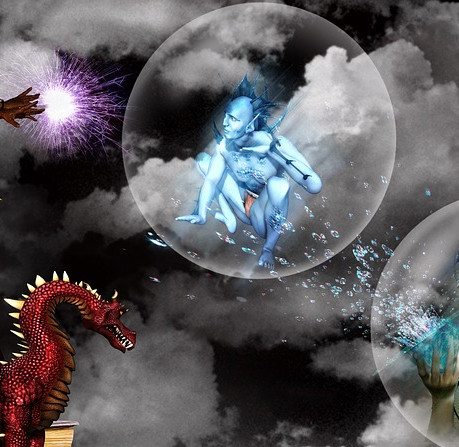
Does this “Avatar Approach” hold incredible possibility? Absolutely. But lacking the proper perspective into what I was doing, “Chris” soon became a crutch, and then an addiction – and then it spiraled out of control. At the time I suppose I had assumed that calling this character a common, ordinary name like “Chris” might keep this “alter ego” from getting away from me. I didn’t want to name him, “Ra, God of Light”, for example, and find myself with a genie on my hands that refused to go back in the bottle. Unfortunately, that’s essentially what happened after about a year of using this avatar. I discovered that any Narrative that we pull into the Dream realm and consciously add attention to will eventually take on a sort of life of its own – that is IF we aren’t fully aware of the dynamics we are playing with.
As many of you know, even the most simplistic, trivial notions and assumptions can have incredible impact in the Lucid realm. It’s as if the full potential of anything and everything in those states of awareness is cranked to Full Blast. At first, Chris was an excellent tool, but instead of learning how to control my own relationship to Narrative, I was becoming dependent on this avatar I had rerouted all of my power into. Furthermore, I eventually started questioning if this avatar of mine had developed its own intentions, somehow independent of my own. Was such a thing possible? Logically I’d have to say, “No.”, but I also had to admit that when it came right down to it, I just didn’t know. At one point along my journey I also had to accept that Lucid Dreaming could indeed act as a doorway to reach Out of Body experiences: Something else that “logically” shouldn’t be possible. So I also had to learn to take all the dictates of “logic” and “common sense” with a grain of salt when it came to those realms.

Eventually I decided the best thing for my development was to consciously drop this avatar of mine altogether. The next Lucid state I found myself in I quietly thanked this Chris for the lesson it imparted and I released its “energy” back into the Void from which it came. “I am NOT Chris”, were my final words on the issue.
As one, final note for thought: When I released “Chris”, I noticed that it didn’t dissipate as much as he “detached” and flew away from me into obscurity. I couldn’t help but feel I had given life to something that was still out there somewhere today, doing god-knows-what. I don’t like to dramatize over the idea, but I admit it manages to sends mild shivers down my spine now and again. Do with this information what you will – just please act responsibly with it and always remember that YOU are the source. And, in the end, isn’t it possible our physical bodies are also just avatars for our true identities?

Jan Jaydid is a fine artist, public speaker and author of, “Tripping the Field”, a fictional adventure inspired by his Lucidity, Astral Projection and Shamanic practices. You can find his current projects at Iboga Moon Productions: http://Ianjaydid.com
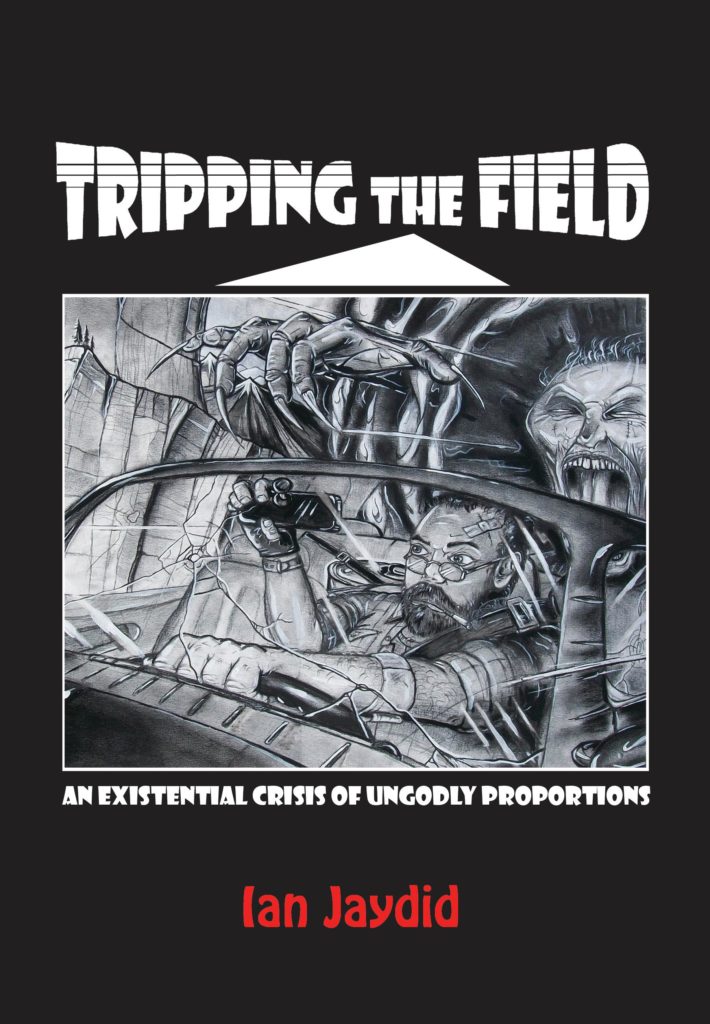


I knew I wasn’t the only one to discover a ‘technique’ like this.
I enjoy taking the backseat, though.